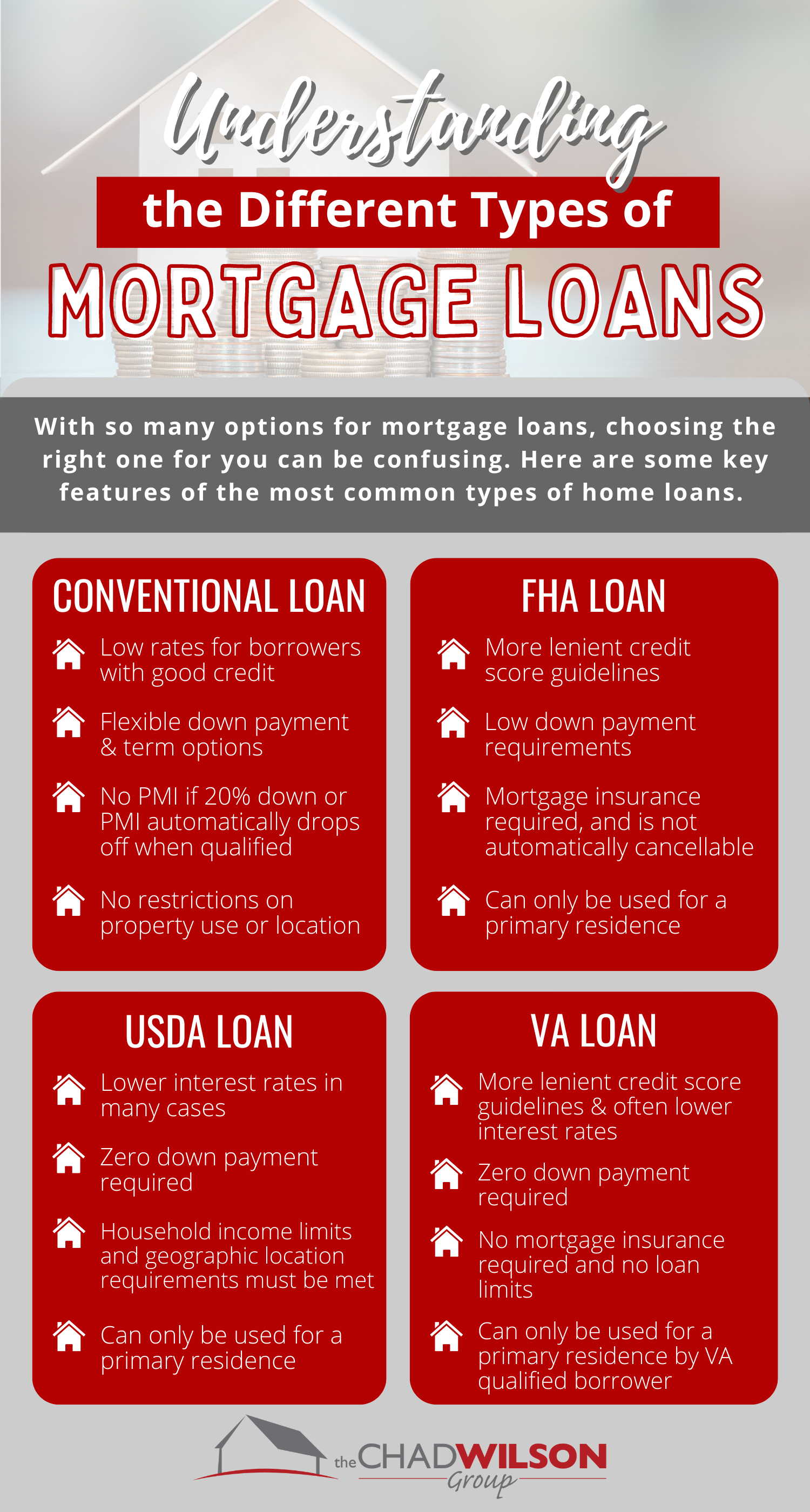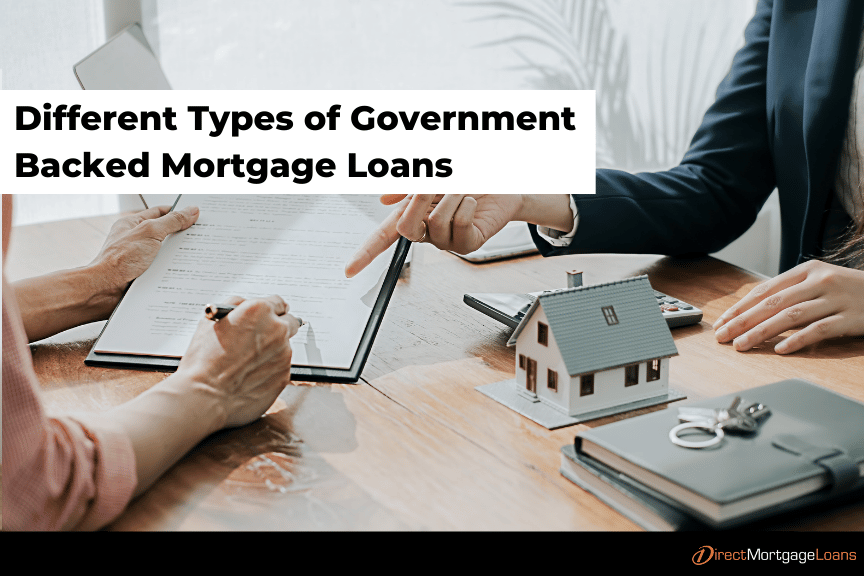The Necessary Factors to Consider When Deciding On In Between Fixed-Rate and Adjustable-Rate Mortgage Lendings
When evaluating mortgage alternatives, consumers face a critical decision between adjustable-rate and fixed-rate car loans, each offering distinct advantages and possible risks. Key considerations such as passion rate security, predictability in month-to-month repayments, and the ramifications of prospective price modifications can considerably influence long-lasting economic wellness.
Interest Price Security
When choosing a mortgage, recognizing interest rate security is vital for notified decision-making. Passion prices can considerably impact the overall expense of a home loan, and identifying the nature of these prices is important for debtors.
On the other hand, adjustable-rate home loans (ARMs) start with lower first rates that might transform periodically based upon market conditions. While this can result in lower settlements at first, it additionally introduces uncertainty, as debtors might encounter increased payments if rates of interest climb. For those thinking about an ARM, it is crucial to analyze the likelihood of rate modifications, the possibility for settlement boosts, and the length of the first fixed-rate duration.
Ultimately, the selection in between fixed-rate and adjustable-rate mortgages depends upon specific risk resistance and monetary conditions. Recognizing rate of interest rate stability aids consumers make notified choices that straighten with their lasting financial goals.
Month-to-month Settlement Predictability
While debtors usually focus on rate of interest stability, the predictability of month-to-month repayments is similarly vital in the home loan choice procedure (Conventional mortgage loans). Regular monthly repayment predictability plays a crucial role in budgeting and economic planning, as it directly impacts a homeowner's capital and general economic wellness
Fixed-rate mortgages use a constant regular monthly payment throughout the life of the car loan, allowing debtors to expect and plan their expenses successfully. This stability can be particularly advantageous for novice homebuyers or those on a fixed revenue, as it eliminates the unpredictability associated with varying payments.
Conversely, adjustable-rate home loans (ARMs) typically feature reduced first repayments that can change in time, leading to potential irregularity in regular monthly responsibilities. While originally enticing, this changability can complicate economic planning, specifically if customers do not represent future price changes.
Possible Rate Modifications
In the world of adjustable-rate mortgages (ARMs), potential price modifications represent a significant element that debtors should carefully think about. Unlike fixed-rate mortgages, where the rate of interest rate continues to be unchanged for the life of the funding, ARMs are identified by changing passion rates that are connected to market indices. This irregularity can cause considerable adjustments in regular monthly payments, influencing the debtor's monetary planning and budgeting.
Debtors have to be conscious of the margin and index used to calculate index these adjustments, as they straight affect future rate of interest prices. In addition, ARMs commonly consist of caps that restrict just how much the rate of interest price can raise at each change and over the life of the car loan, which can provide some level of security versus radical rate walkings.
Comprehending these prospective changes is crucial for customers, as they straight affect lasting settlement obligations. Assessing personal economic scenarios and browse around this site take the chance of tolerance is crucial when choosing whether an ARM straightens with one's financial objectives.
Lending Term Considerations
Lending term factors to consider play a crucial function in the decision-making process for consumers selecting between adjustable-rate and fixed-rate home loans. The length of the financing term significantly impacts regular monthly settlements, rate of interest prices, and overall monetary planning. Fixed-rate mortgages commonly use regards to 15 to thirty years, offering security in regular monthly settlements and predictability in budgeting. This can be particularly appealing for customers that plan to remain in the exact same home long-term and like the certainty of fixed payments throughout the life of the financing.

Inevitably, borrowers have to assess their personal scenarios, financial goals, and market problems when considering the implications of funding term options within each home mortgage kind.

General Cost of Loaning
Fixed-rate mortgages offer foreseeable monthly payments, as the rate of interest rate stays consistent throughout the car loan term. This predictability can lead to lower general prices, specifically in a stable or declining rate of interest price environment.
Conversely, adjustable-rate home loans (ARMs) commonly begin with lower initial rates, leading to minimized ahead of time prices. These rates can boost after an initial Continued period, leading to potentially higher long-lasting expenses. Debtors have to take into consideration the regularity and extent of rate adjustments, in addition to the general loan duration, to accurately assess the financial ramifications.
Furthermore, the overall price of loaning encompasses not only interest rates however additionally charges and various other associated costs, such as closing expenses and insurance policy (Conventional mortgage loans). When evaluating mortgage options, borrowers should carry out a complete expense analysis over the life of the funding. By doing so, they can make an enlightened choice that lines up with their financial objectives and take the chance of tolerance
Conclusion
Rate of interest price stability and monthly settlement predictability are vital for efficient budgeting, while the possibility for rate adjustments in ARMs presents monetary uncertainty. Additionally, the awaited duration of homeownership and the total expense of borrowing, consisting of rate of interest rates and linked fees, need to line up with specific monetary conditions and run the risk of tolerance.
Trick factors to consider such as interest rate security, predictability in monthly repayments, and the implications of possible rate changes can dramatically affect lasting financial wellness. Rate of interest prices can substantially influence the total expense of a home mortgage, and recognizing the nature of these rates is important for borrowers. Unlike fixed-rate mortgages, where the rate of interest rate stays the same for the life of the finance, ARMs are identified by changing rate of interest rates that are linked to market indices. In addition, ARMs commonly consist of caps that limit how a lot the passion price can raise at each change and over the life of the loan, which can give some degree of security against drastic price walkings.
Interest price security and regular monthly repayment predictability are critical for effective budgeting, while the possibility for price changes in ARMs introduces economic unpredictability.
Comments on “Conventional Mortgage Loans: Exactly How They Compare to Other Loan Options”